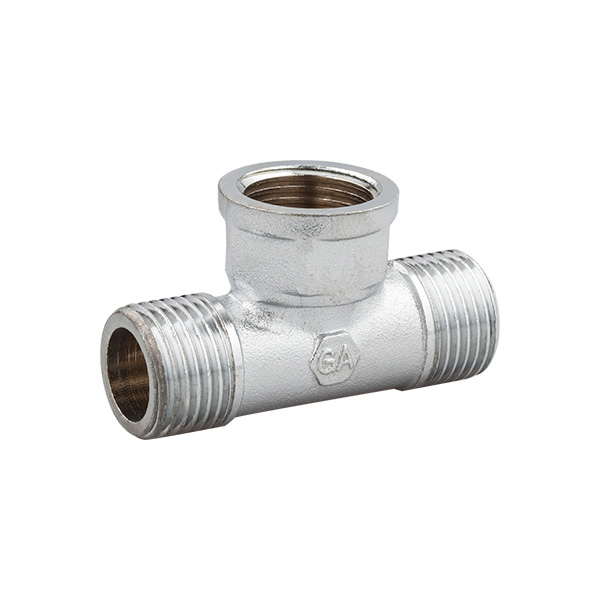Abst:Copper fittings are renowned for providing reliable and leak-free connections in plumbing or HVAC systems. Here's how they ensure a secure connection :
Compression Fittings: Compression fittings are commonly used with copper pipes. These fittings consist of a compression nut and a brass or copper ring called a ferrule. During installation, the compression nut is tightened onto the fitting, compressing the ferrule around the pipe. This creates a tight seal that prevents leaks by compressing the p...
Copper fittings are renowned for providing reliable and leak-free connections in plumbing or HVAC systems. Here's how they ensure a secure connection :
Compression Fittings: Compression fittings are commonly used with copper pipes. These fittings consist of a compression nut and a brass or copper ring called a ferrule. During installation, the compression nut is tightened onto the fitting, compressing the ferrule around the pipe. This creates a tight seal that prevents leaks by compressing the pipe against the fitting.
Soldering: Soldering is another widely used method to join copper fittings. It involves applying heat to the joint area and introducing solder, which melts and flows into the gap between the fitting and the pipe. The molten solder solidifies upon cooling, creating a strong and leak-free bond between the fitting and the pipe.
Brazing: Brazing is similar to soldering but uses a higher-temperature filler metal, typically brass or silver alloy. The joint area is heated to the melting point of the filler metal, which then flows into the gap and solidifies upon cooling. Brazing creates a robust, leak-free connection suitable for higher-pressure applications.
Proper Cleaning and Preparation: Prior to joining copper fittings, it is crucial to clean and prepare the surfaces to ensure a secure connection. Copper fittings are typically cleaned using emery cloth or a wire brush to remove dirt, oxidation, or corrosion. The pipe ends are similarly cleaned to create a clean, smooth surface for optimal adhesion and soldering.
Compatibility: Copper fittings are designed to be compatible with copper pipes of the same size and type. The dimensions and tolerances of copper fittings are precisely engineered to create a snug fit with the corresponding pipes. This compatibility minimizes gaps or irregularities that could lead to leaks.
Thermal Expansion and Contraction: Copper has excellent thermal conductivity properties. It expands and contracts at a similar rate to copper pipes when exposed to temperature changes. This thermal compatibility helps maintain the integrity of the connection over a range of operating temperatures and reduces the risk of leaks due to differential expansion.
Corrosion Resistance: Copper is highly resistant to corrosion, making it an ideal material for fittings in plumbing or HVAC systems. This corrosion resistance ensures the longevity and reliability of the connection, preventing leaks that can result from deteriorating fittings.
Tight Sealing: The nature of copper fittings, particularly compression fittings, ensures a tight seal by applying even pressure around the pipe. This helps prevent leaks by minimizing the potential for water or gas to escape at the joint.
By employing these techniques and characteristics,
Copper Fittings manufacturers provide dependable and leak-free connections in plumbing or HVAC systems, ensuring efficient and durable performance over an extended period.

Spec
M1/2×F1/2×M1/2


